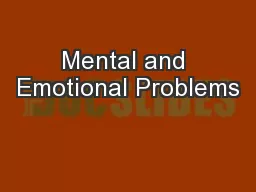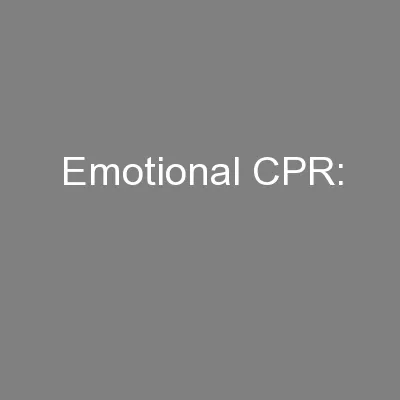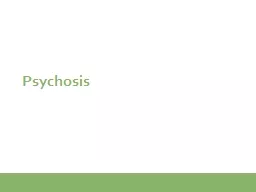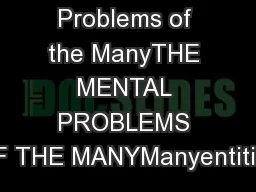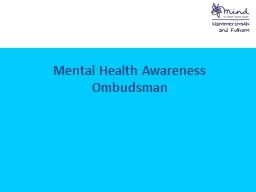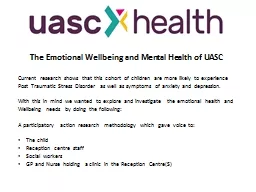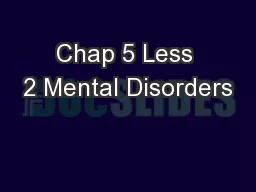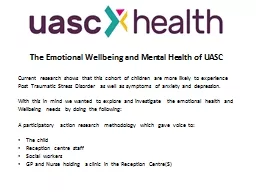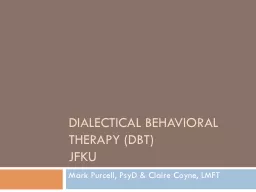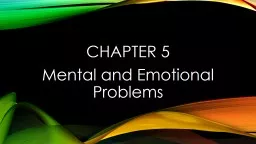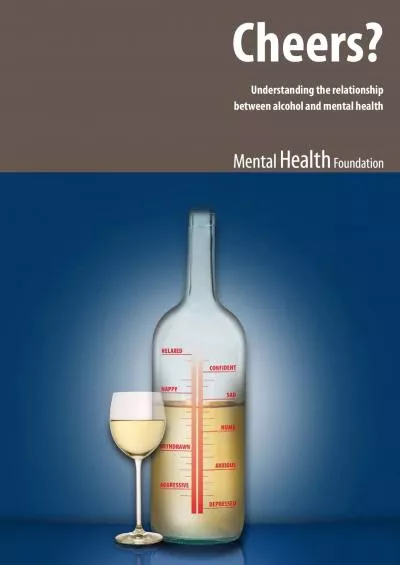PPT-Mental and Emotional Problems
Author : stefany-barnette | Published Date : 2017-05-09
Mental Disorders A mental disorder is an illness of the mind that can affect the thoughts feelings and behaviors of a person preventing him or her from leading a
Presentation Embed Code
Download Presentation
Download Presentation The PPT/PDF document "Mental and Emotional Problems" is the property of its rightful owner. Permission is granted to download and print the materials on this website for personal, non-commercial use only, and to display it on your personal computer provided you do not modify the materials and that you retain all copyright notices contained in the materials. By downloading content from our website, you accept the terms of this agreement.
Mental and Emotional Problems: Transcript
Download Rules Of Document
"Mental and Emotional Problems"The content belongs to its owner. You may download and print it for personal use, without modification, and keep all copyright notices. By downloading, you agree to these terms.
Related Documents

